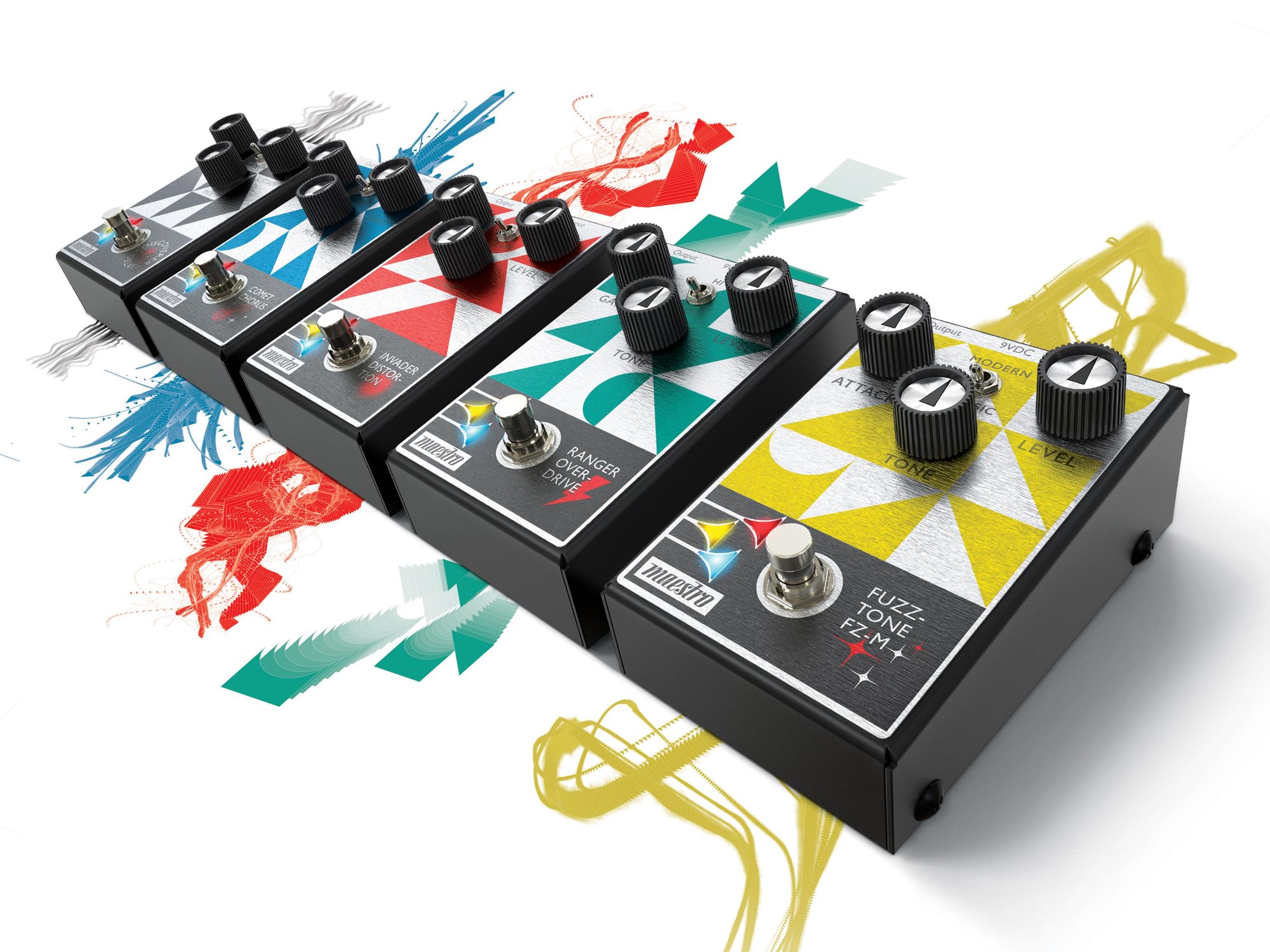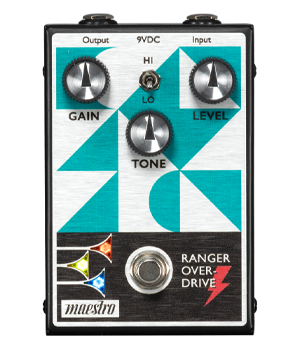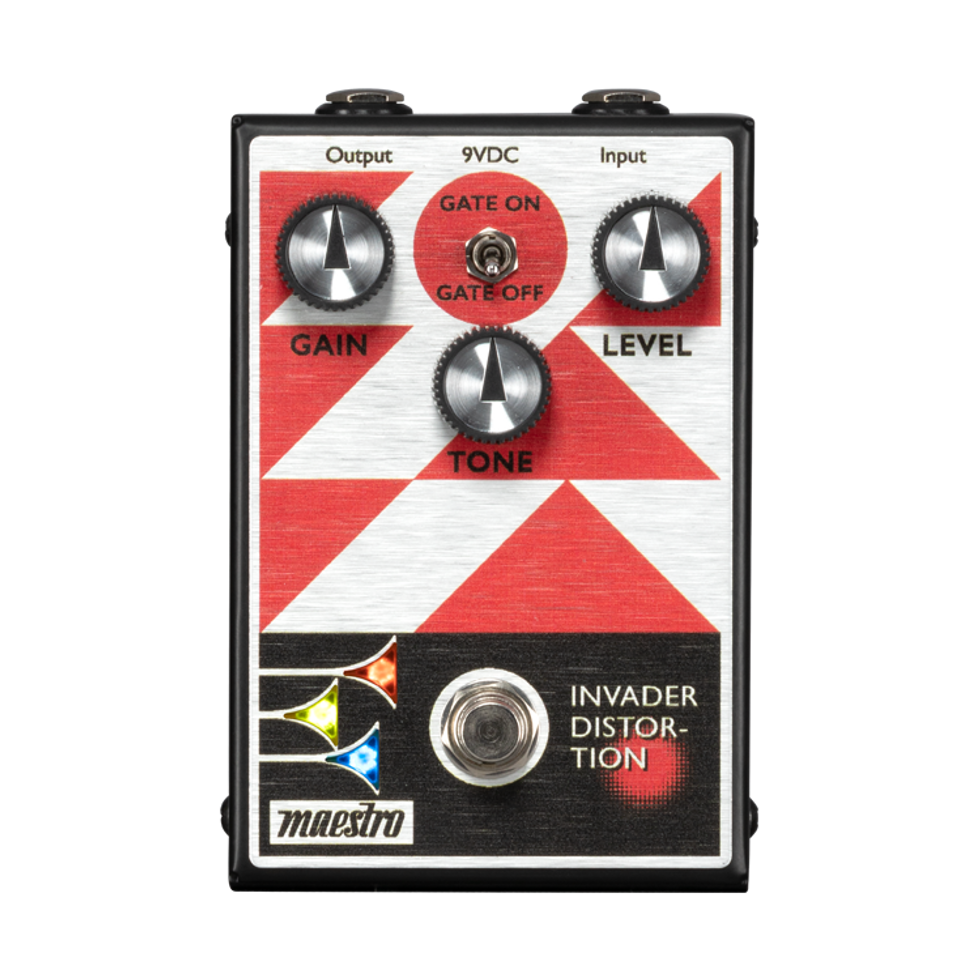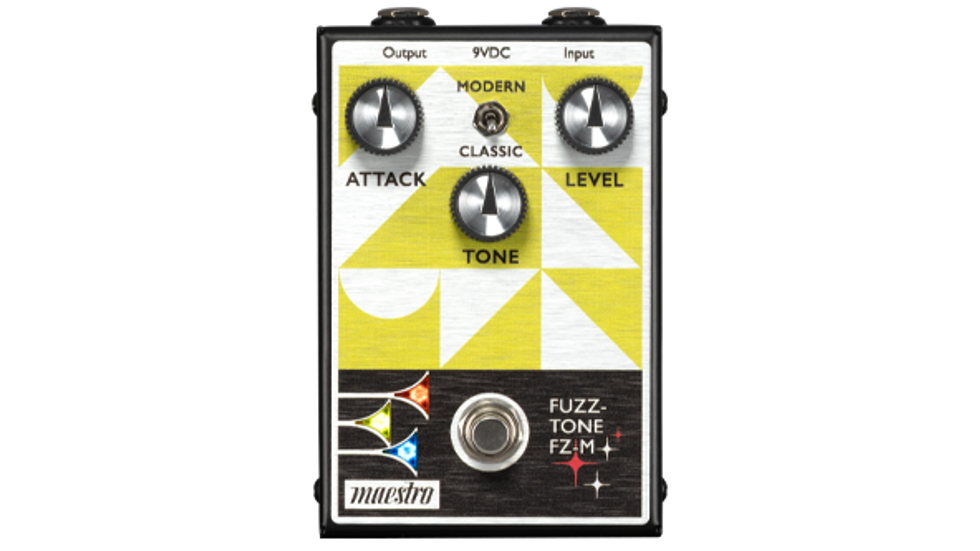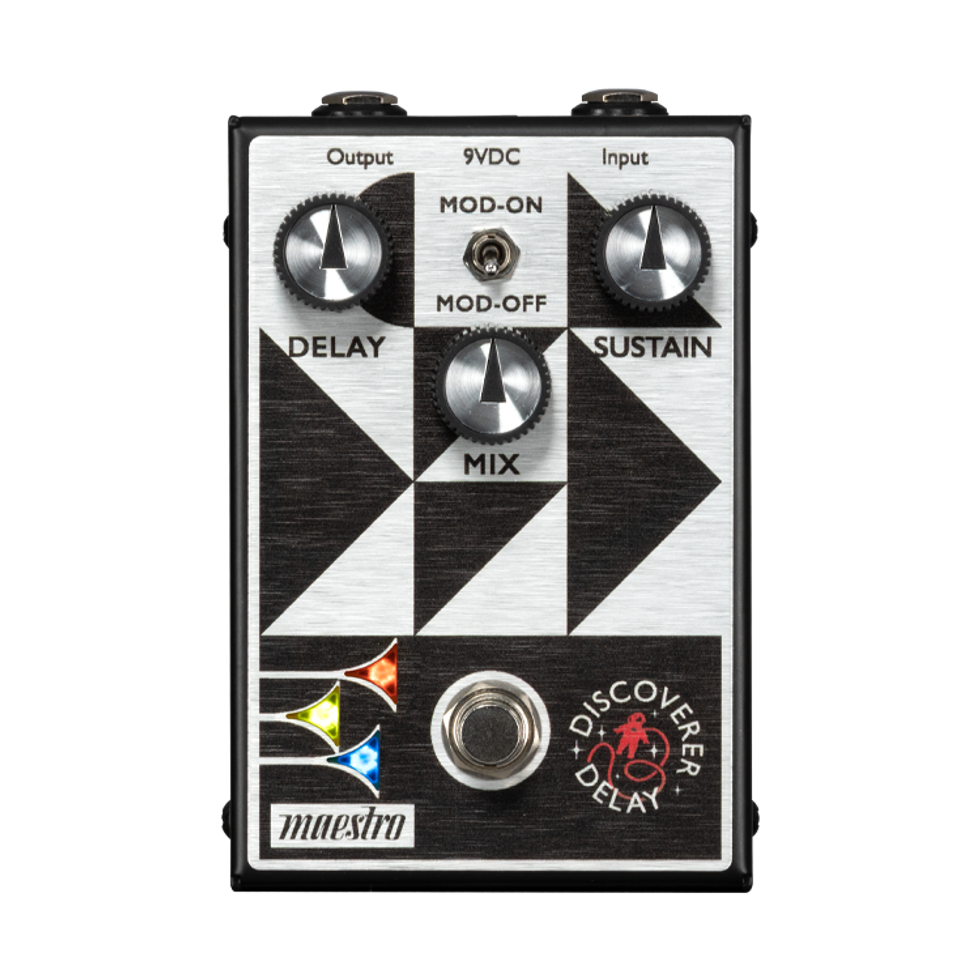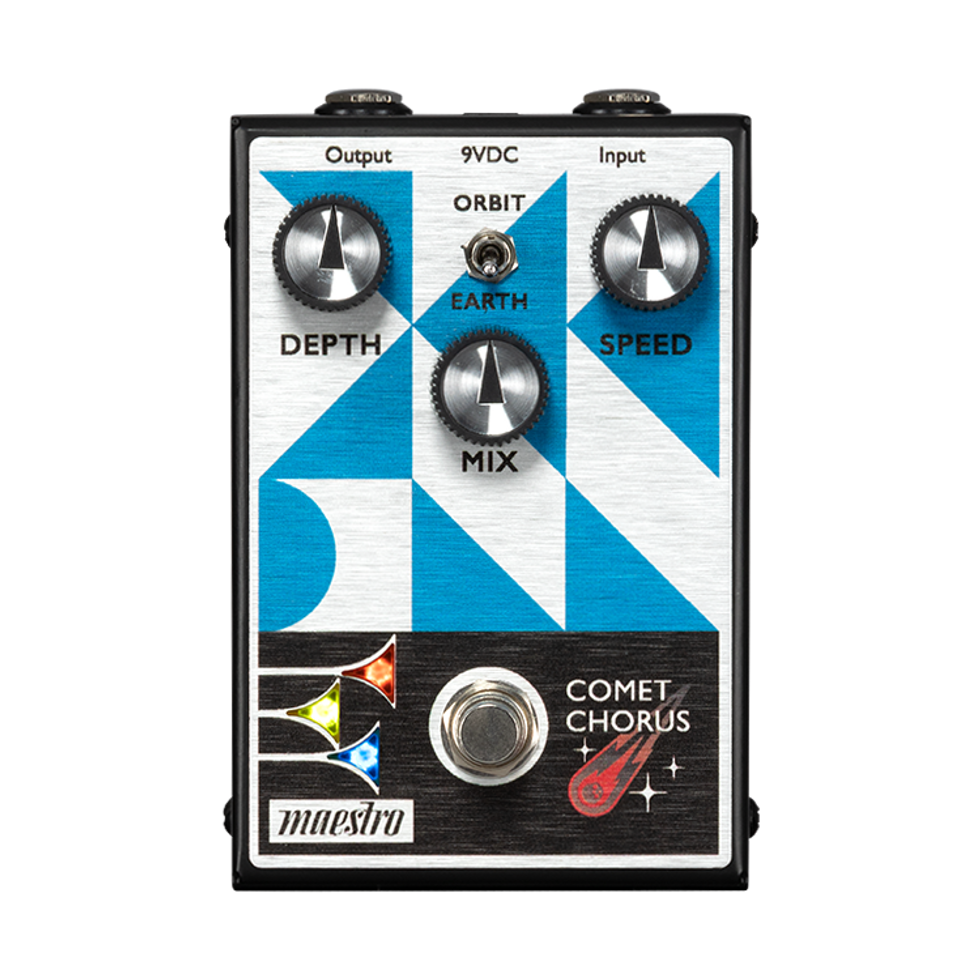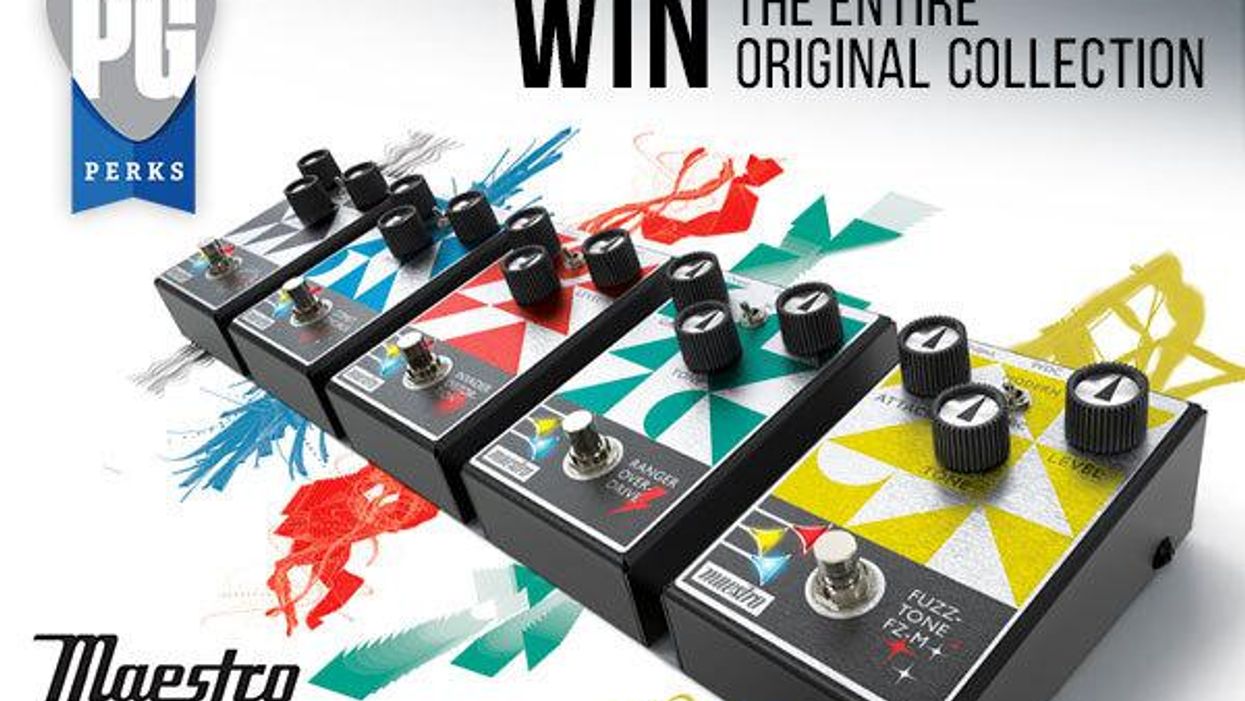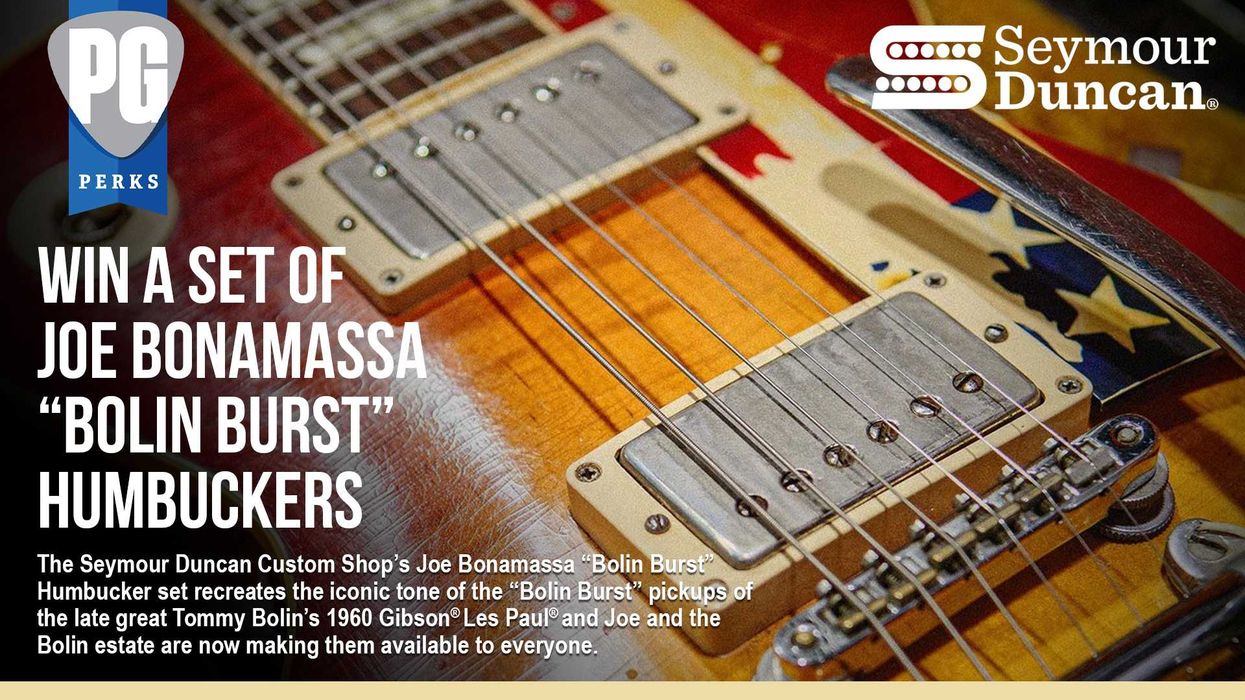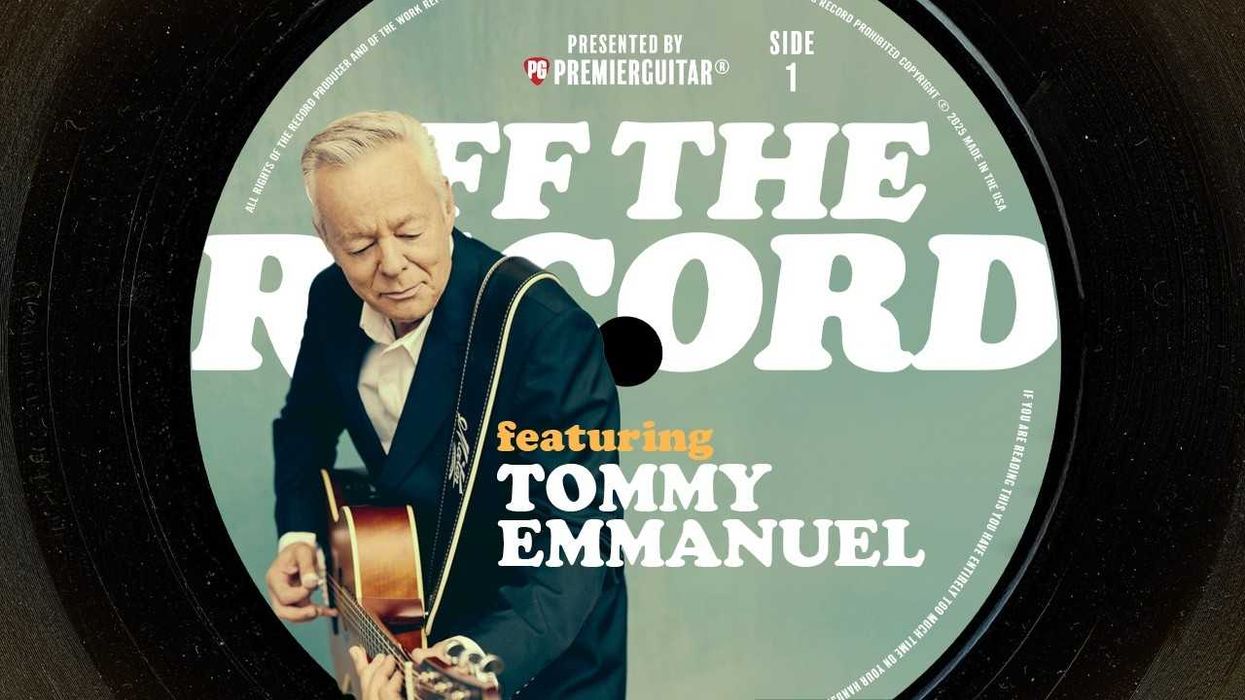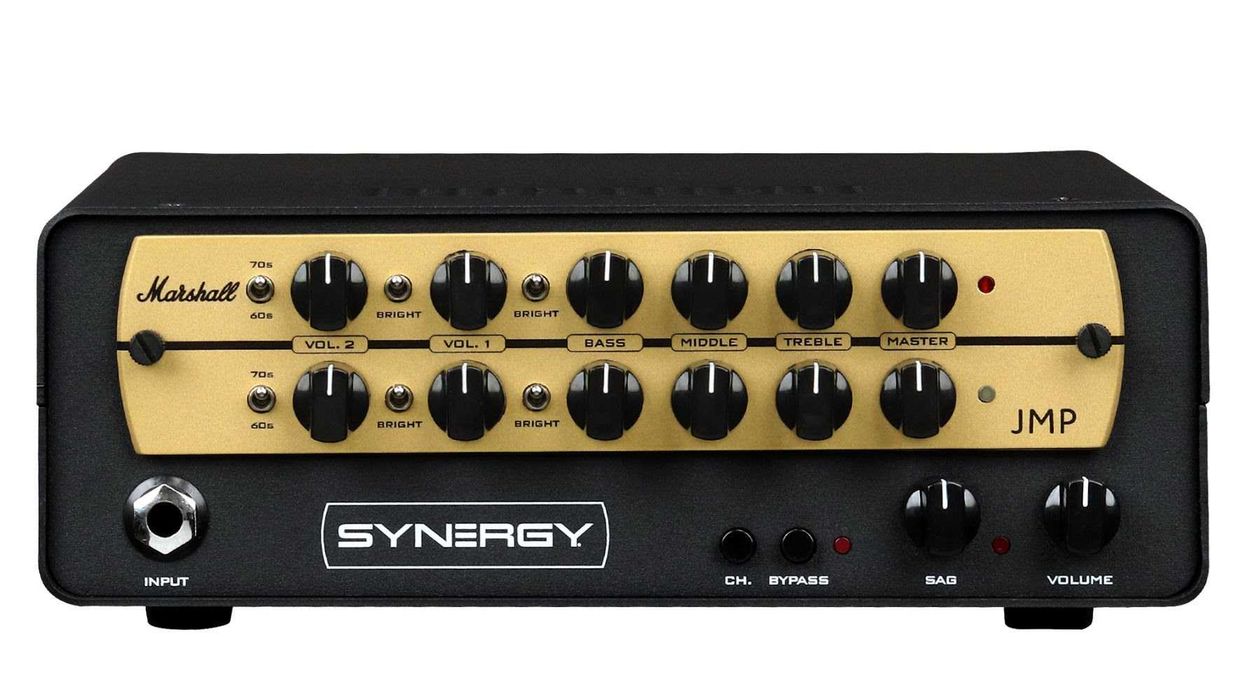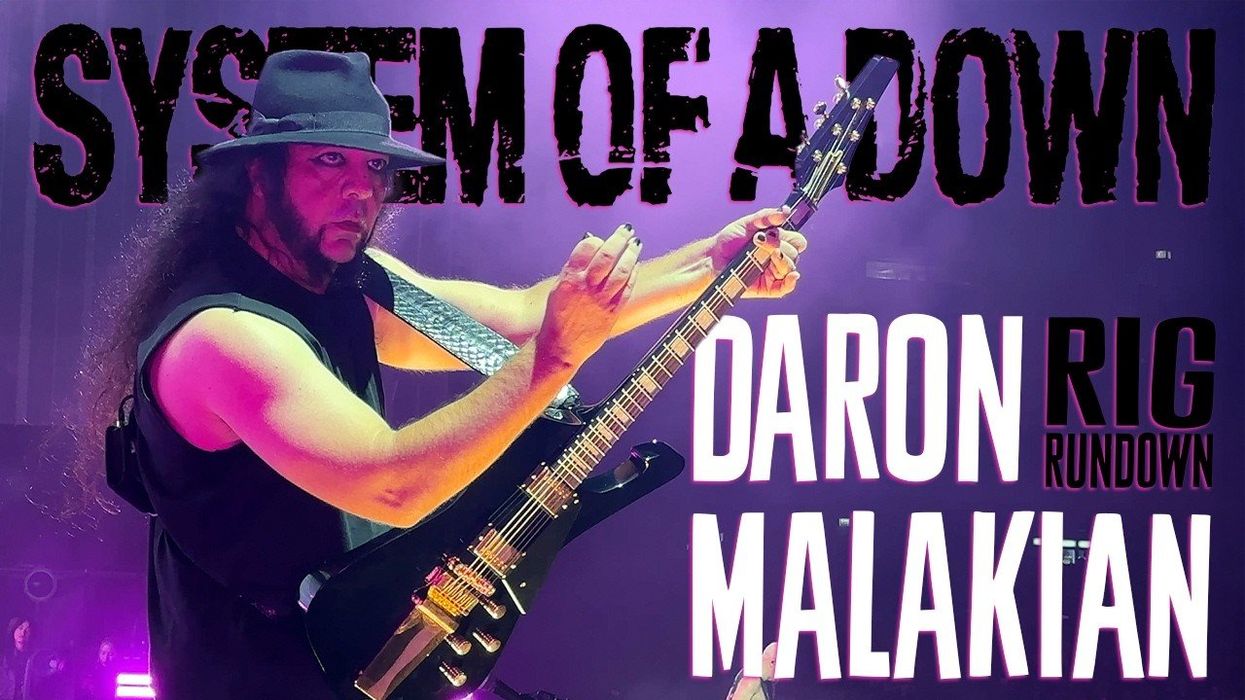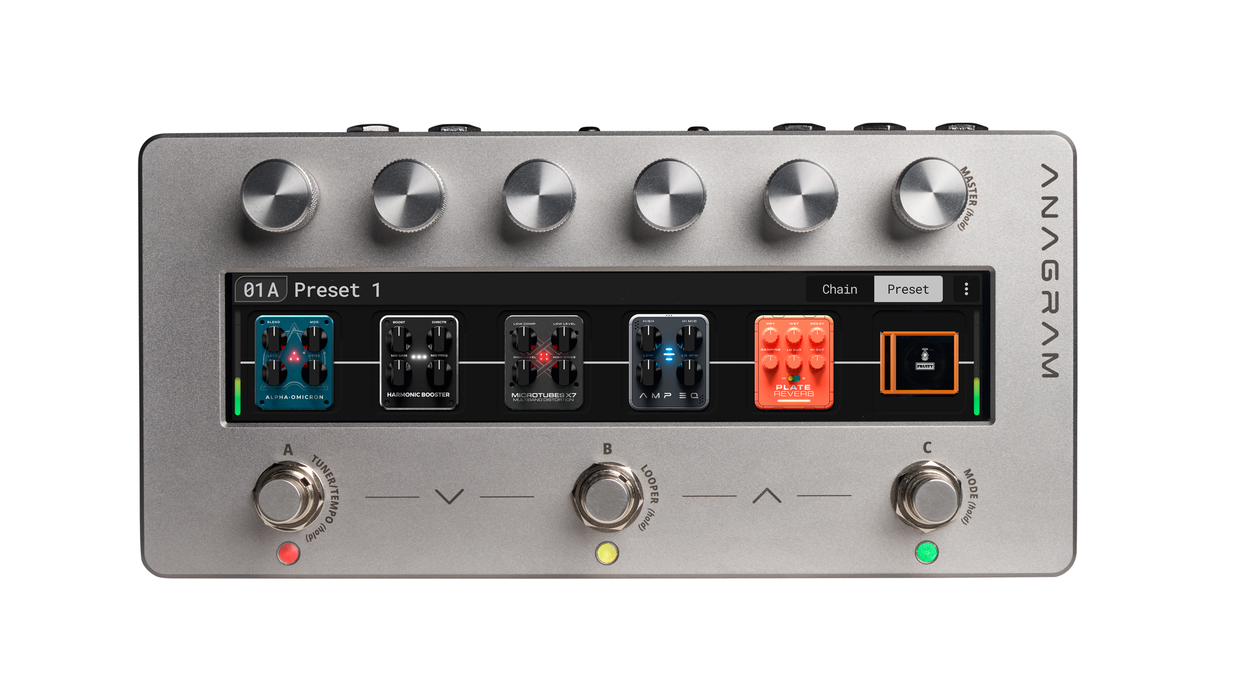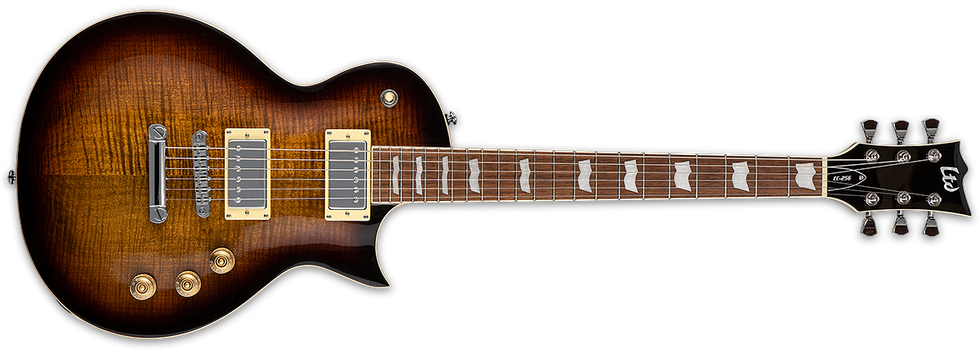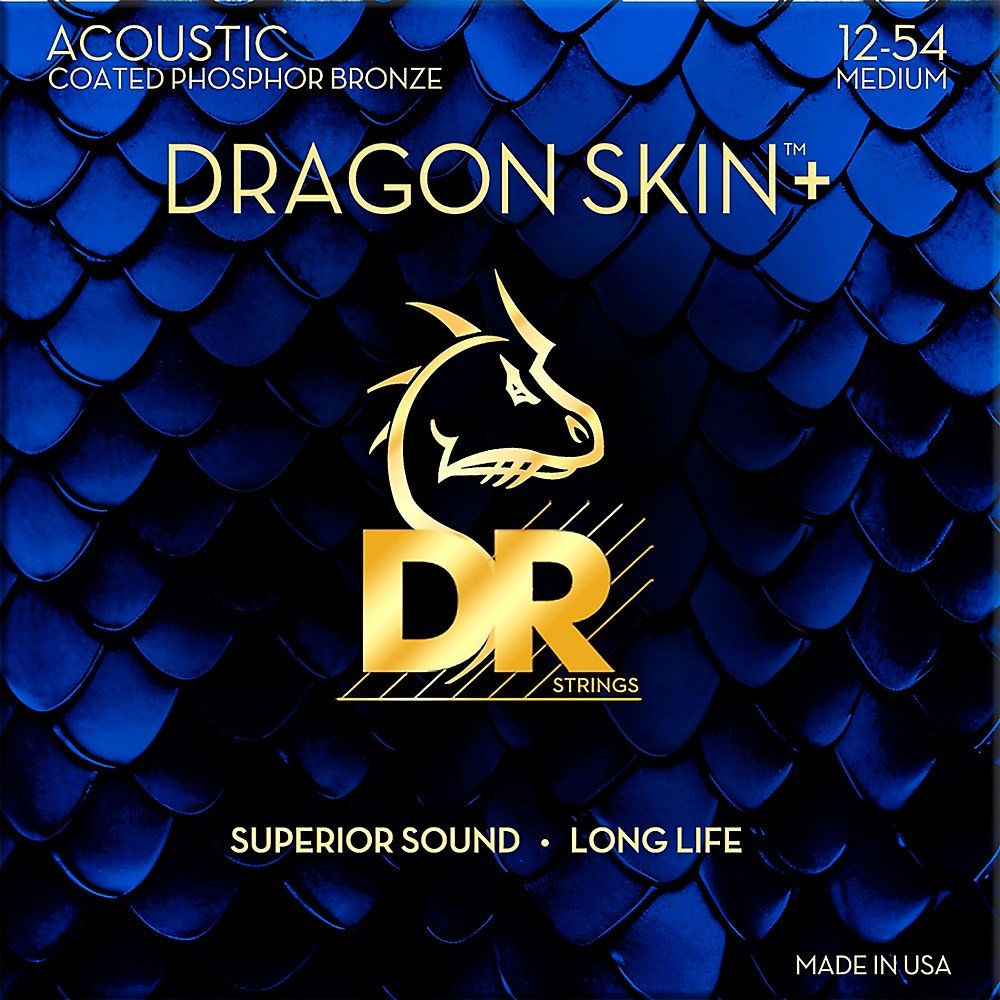You could WIN all five new Maestro Pedals from Gibson in this PG Perks Exclusive Giveaway! Enter before August 11, 2022.
Comet Chorus
The Maestro Comet Chorus pedal uses iconic analog bucket brigade device (BBD) technology to deliver warm, classic chorus tones. This all-analog pedal boasts a Mode toggle switch for increased sonic versatility. The Earth mode provides an optimized, shimmering chorus effect. The Orbit mode adds some amplitude modulation to the chorused sound to more accurately simulate the sonic complexities of a rotary speaker. An internal trim pot lets you adjust the level of the rotary speaker Orbit effect to taste. The intuitive 3-knob control layout lets users quickly dial up the Depth (amount of pitch variation), Speed (modulation rate) of the chorusing, and adjust the amount of pitch modulated signal that is blended in with the dry signal by using the Mix control. The true bypass footswitch triggers the LED lights in the bugles in the Maestro logo when it’s on, so you’ll always know when the effect is active.
